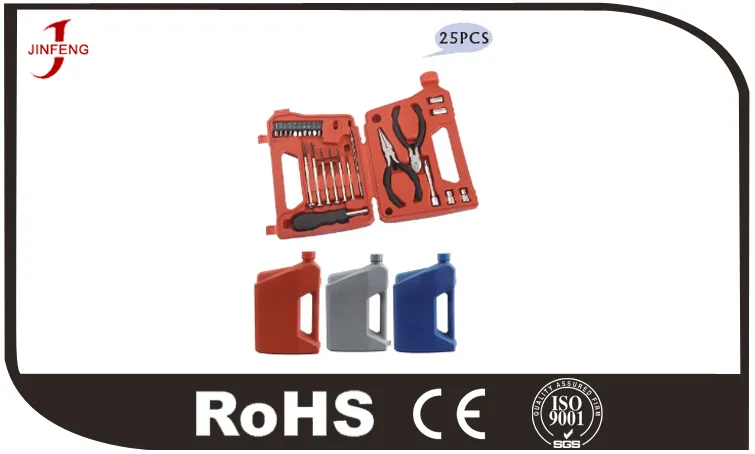How to Properly Maintain and Care for Your Hand Tools
2024-08-10
Hand tools are an investment that, if properly cared for, can last a lifetime. Unfortunately, they are often neglected, leading to rust, dullness, and even breakage. In this blog, we’ll discuss the best practices for maintaining and caring for your hand tools to ensure they stay in optimal condition for years to come.

1. Regular Cleaning
After each use, clean your hand tools to remove dirt, grease, and debris. Use a soft cloth to wipe them down, and for more stubborn grime, a mild soap solution can be used. Avoid leaving tools dirty, as this can lead to corrosion over time.
2. Preventing Rust
Rust is the enemy of metal tools. To prevent rust, store your tools in a dry place and use a rust inhibitor if necessary. For tools that have already started to rust, a wire brush or steel wool can help remove surface rust. Applying a light coat of oil can also protect the metal from moisture.
3. Sharpening Blades
Tools like chisels, knives, and saws need to be sharp to perform well. Dull blades require more force and can lead to accidents. Regularly sharpen blades using the appropriate sharpening tool, whether it's a whetstone for chisels or a file for saws.
4. Lubricating Moving Parts
Tools with moving parts, such as pliers or wrenches, should be lubricated regularly to ensure smooth operation. A few drops of oil in the joints can prevent them from seizing up and make them easier to use.
5. Proper Storage
Proper storage is crucial for tool longevity. Store tools in a dry, organized space where they are protected from moisture and dust. Toolboxes or pegboards are excellent for keeping tools accessible and in good condition. Ensure sharp tools are covered to prevent accidents.
6. Handle Care
Don’t overlook the handles of your tools. Wooden handles can dry out and crack if not maintained. Regularly apply linseed oil or another suitable conditioner to keep wood handles in good condition. For plastic or rubber handles, simply keep them clean and inspect them for wear.
7. Inspect Regularly
Regular inspection can help you catch potential problems before they worsen. Look for signs of wear, such as cracks in handles, loose joints, or dull blades. Addressing these issues early can prevent accidents and prolong the life of your tools.
8. Using Tools Properly
One of the best ways to maintain your tools is to use them correctly. Avoid using a tool for a purpose it wasn’t designed for, as this can lead to damage. For example, using a screwdriver as a pry bar can bend the blade and render it useless.
Conclusion
Proper maintenance and care of your hand tools will ensure they perform well and last for many years. By following these tips, you’ll not only protect your investment but also make your work easier and safer. Remember, a well-maintained tool is a reliable tool.


